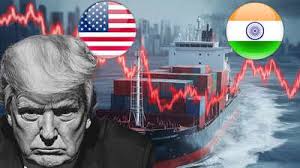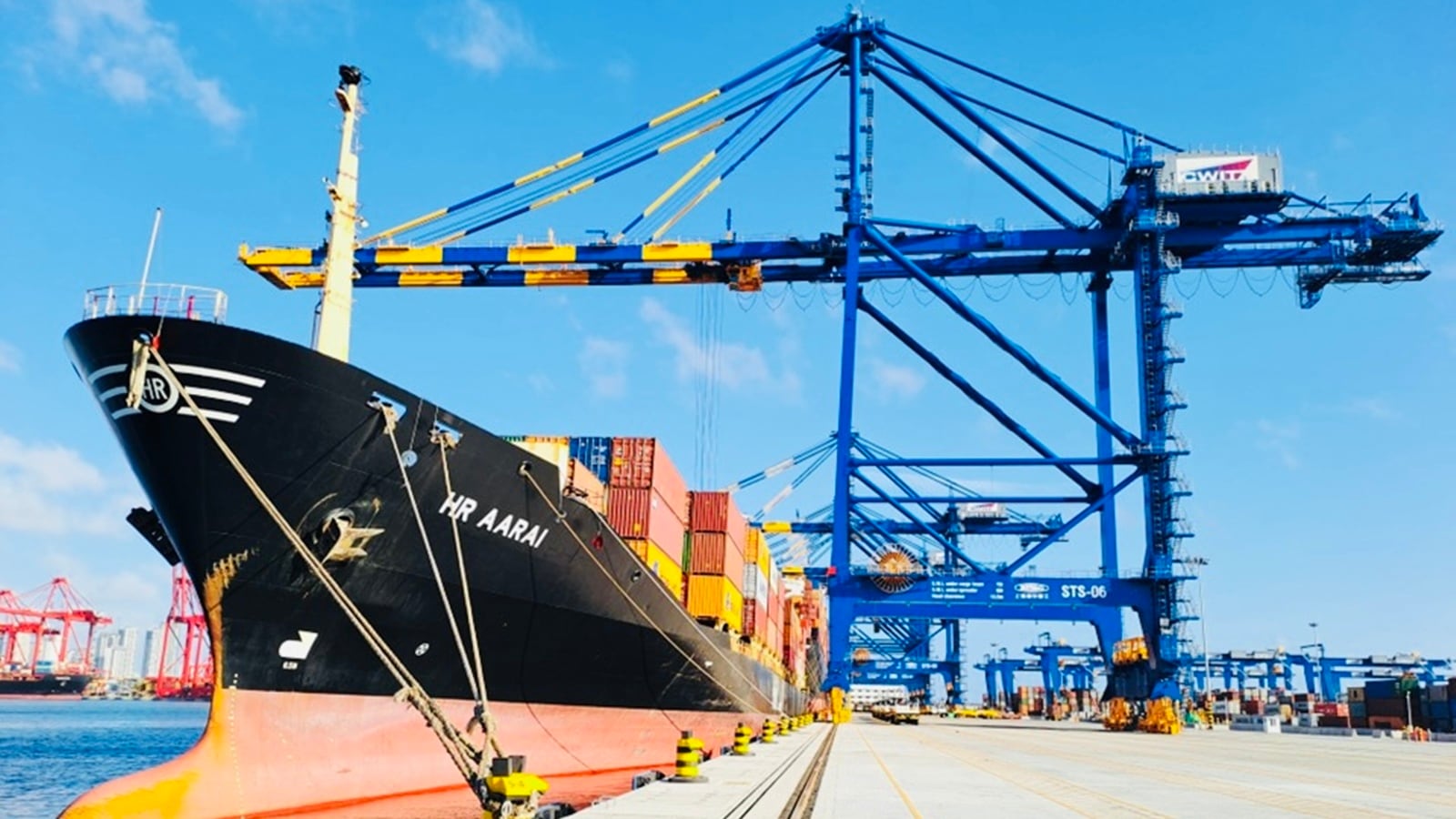
India’s Exports Hit by US Tariffs but UAE and China Shine
India is currently facing challenges in its export landscape due to recent tariffs imposed by the United States. In September, the country's goods exports to the US fell by 12% year-on-year, signaling the impact of these tariffs. However, the overall picture is not entirely bleak. India's total exports rose by 6.74%, driven by significant gains from the UAE and China. This resilience in exports highlights the adaptability of Indian exporters in a turbulent global trade environment.
Despite the growth in total exports, the trade deficit has widened to $31.15 billion, the highest it has been in over a year. This increase can be attributed to a sharp rise in imports, particularly in gold, silver, and fertilizers. For instance, gold imports more than doubled to $9.6 billion, while fertilizer imports surged by 202% to $2.3 billion. The rise in imports signifies the increasing demand for essential commodities, but it also raises concerns about the trade balance.
The Commerce Secretary, Rajesh Agrawal, noted that the first six months of the current financial year saw an increase in India's goods and services exports compared to the previous year. This indicates a positive trend despite the ongoing turbulence caused by global factors. Agrawal emphasized the need to assess the impact of US tariffs more closely, particularly on labor-intensive sectors like textiles, which experienced a decline in exports between 5% and 13%.
On the other hand, the electronics sector has shown remarkable growth, with exports increasing by 58%. This suggests that while some traditional sectors are struggling, others are finding new opportunities. Moreover, India is exploring ways to enhance its energy imports from the US to diversify its supply sources, which could also support the economy.
Industry leaders, such as S C Ralhan from the Federation of Indian Export Organisations (FIEO), have called for a renewed focus on domestic manufacturing capabilities. As imports rise, building local production in critical sectors like electronics and machinery could strengthen India's trade position. The government is being urged to take bold steps towards import substitution to promote local industries.
The textile industry specifically faces challenges, as many US buyers are seeking discounts or canceling orders due to the current market conditions. A recent survey indicated that about 85% of respondents reported an inventory build-up due to reduced orders, demonstrating the need for a strategic response to these changing dynamics.













